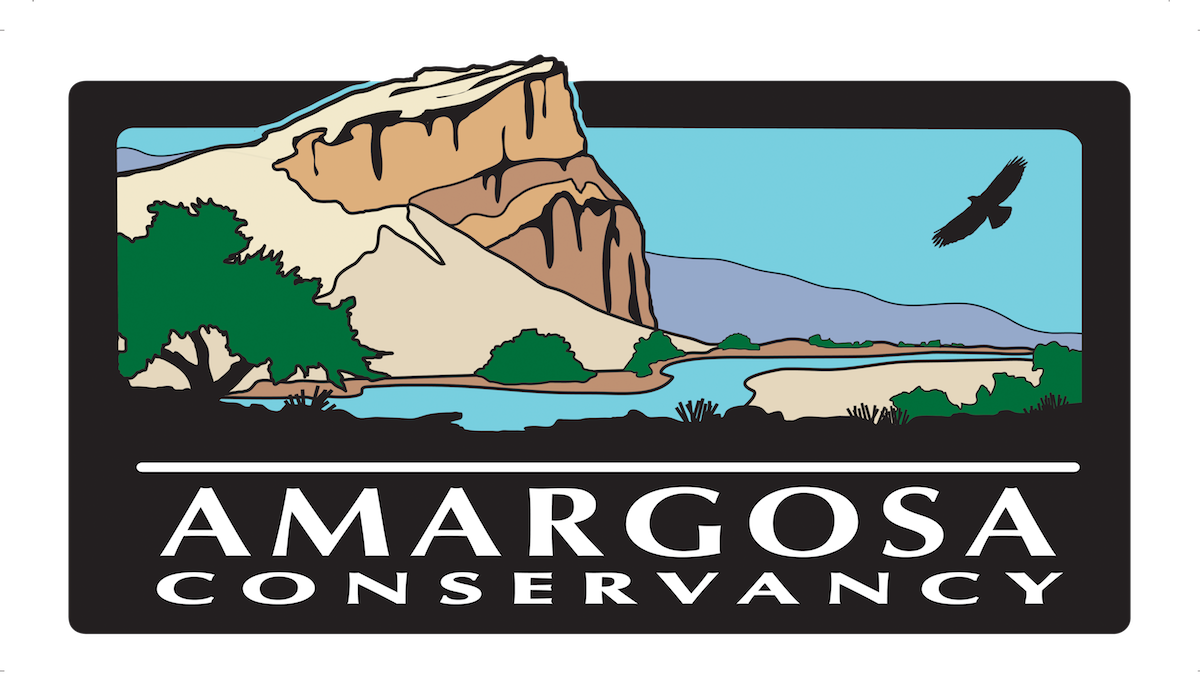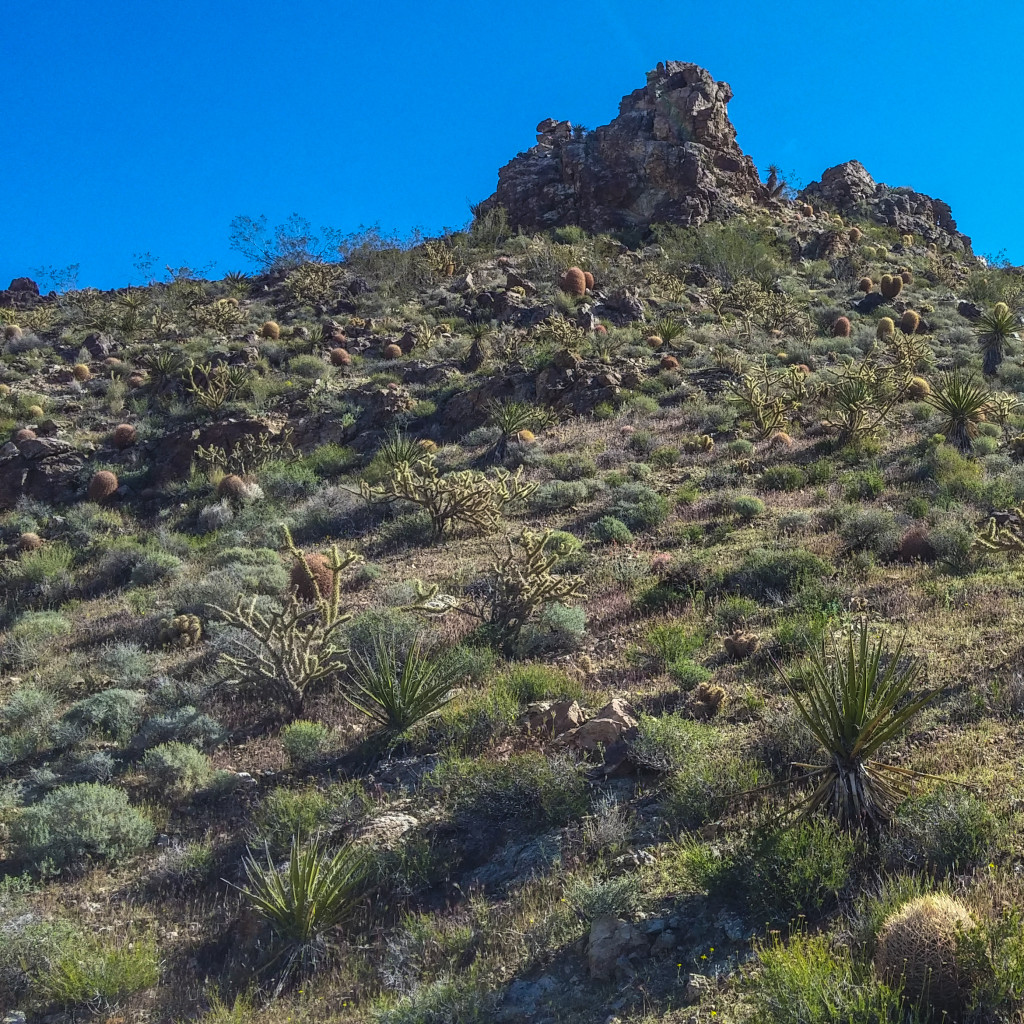THINGS YOU SHOULD KNOW ABOUT THE
DESERT RENEWABLE ENERGY CONSERVATION PLAN (DRECP)
THE HISTORY
The DRECP is a land use plan designed to allow renewable energy development on least conflict public lands, and balance that with conservation and recreation on public land – uses that are critically important to Desert communities and their economies.
WHAT THE PLAN DOES
The DRECP created 400,000 acres of “development focus areas” on federal lands for renewable energy, (none of them in the Coachella Valley). The state of California has said is more than enough to meet renewable energy goals.
It also protected 6.5 million acres of the Desert’s most sensitive natural and cultural landscapes and designated 3.6 million acres for recreation, such as hiking, camping, rockhounding, and off-road recreation. These include many of the lands you love, like Panamint Valley, Juniper Flats, Chuckwalla Bench, the Amargosa Basin, Conglomerate Mesa, Fossil Falls, and more. This is an incredible achievement for conservation and recreation in the California desert.
THE THREAT
Now, the Trump administration is taking aim at the California Desert by reopening this landmark plan. However, reopening the plan will put conservation and recreation priorities at risk by upsetting the balance achieved in the current plan.
The Administration has said it wants to see more areas open to large scale renewable energy and other extractive land use activities that would irreparably harm public access, iconic landscapes, and critical habitat.
WHY WE NEED TO KEEP THE DRECP INTACT – SHARE THE MESSAGE
Reopening the plan will destabilize the balance and put the desert lands we love at risk. TELL THE ADMINISTRATION TO LEAVE THE PLAN INTACT!
- The DRECP was one of our region’s most important achievements. The final plan struck a balance between the interests of industry, conservationists, recreationalists, government, and local residents. The effort to reopen the plan shows disrespect to hundreds of thousands of people who worked to achieve that balance, and threatens areas that Desert residents love.
- The DRECP protected 6.5 million acres of the Desert’s most sensitive natural and cultural landscapes and designated 3.6 million acres for recreation, such as hiking, camping, rockhounding, and off-road recreation. Development would destroy these lands and reduce opportunities for local residents to enjoy them. Preserving the DRECP is about preserving our quality of life – Desert residents don’t want to see these places inappropriately developed.
FREQUENTLY ASKED QUESTIONS
Who had input in the development of the DRECP?
- The DRECP is the result of 8 years of collaboration between state and federal agencies, renewable energy developers, conservationists, recreationalists, and other stakeholders, extensive scientific study, and 16,000 public comments.
How does the DRECP protect the desert?
- The DRECP protects a large swath of CA desert lands, including important plant and animal habitats and diverse recreation areas, from industrial-scale renewable energy development. The plan ensures that lands in Riverside and San Bernardino Counties, such as as Big Morongo and Chuckwalla Bench will be preserved and can continue to be accessed and enjoyed as they are today.
Does the DRECP restrict access to public land for recreation?
- The plan supports multiple use recreation, both motorized and non-motorized, through land use designations such as conservation lands and recreation management areas. All of the lands designated in DRECP are open to public access and all existing off-road routes remain open.
Has the DRECP hurt other activities in the desert?
- The DRECP has not shut down a single road, trail, mine, or grazing allotment.
Why should we keep the DRECP intact?
- Reopening the DRECP will create uncertainty for ALL desert residents and users by destabilizing the balance of the current plan. It will open the plan to new battles, redundant rounds of study, and waste many more years and tax dollars.
- Reopening the DRECP could result in a lot more large scale renewable energy and other development in areas of the desert that residents have already said they want protected. It could destroy dark sky communities, wildlife corridors, rock collecting sites, off-road areas, and other treasures.
- Preserving the DRECP is about preserving our quality of life –we don’t want to see our beautiful lands inappropriately developed.
- Outdoor tourism on lands protected for conservation and recreation by the DRECP is powering our rural desert economies, and the DRECP ensures they will continue to do so by preventing industrial-scale renewable energy development in inappropriate places.
COMMENTS YOU CAN MAKE
- Reopening the DRECP is NOT GOOD for Desert communities. I want the administration to leave the DRECP intact.
- 8 years of study and comment went into the DRECP already. I want the administration to respect this input and leave the plan alone.
- The DRECP provides more than enough opportunity for renewable energy already, so it’s totally unnecessary and destabilizing to reopen the plan now. I think the administration needs to leave the DRECP as it is.
- The people already spoke up loud and clear over 8 years, and as a result the DRECP currently protects public lands in the desert for conservation, recreation, and public access that could be irrevocably lost if the plan is reopened. I don’t want any of these protected areas harmed or compromised – leave the plan alone.
If you live in Inyo County, Attend the Supervisors Meeting on Tuesday and/or Call your Supervisor.
On Tuesday, March 20, the Inyo Board of Supervisors (BOS) will discuss and vote on a draft letter to the BLM in response to the Trump Administration’s assault on the DRECP. At the Board’s February 27 meeting, 45 local desert protection advocates came out to oppose this assault on the desert plan, which was created during an extensive 8-year effort and balanced development, recreation and conservation on millions of acres of public lands in Inyo County and across the California Desert, including: Conglomerate Mesa, the Amargosa Basin, Trona Pinnacles and Fossil Falls.
In response to this desert advocacy on the 27th, the Inyo Board asked County planning staff to draft a letter that
1) clearly opposed re-opening the DRECP and
2) unambiguously indicated that any County issues with the desert plan should be addressed during the implementation process – not by re-opening the plan to an uncertain fate. Unfortunately, the current draft of the BOS comment letter would send a weak and ambiguous message to the BLM.
Your help is needed to protect our desert lands and keep the Inyo Board on the right path. This item is early on the Board’s agenda forTuesday. Please come to the BOS meeting by 10:00 on Tuesday, March 20 AND reach out to Board members by phone or email beforenext Tuesday with the attached talking points. We will carpool from Friends of the Inyo – please contact me if you’d like to carpool.
Any re-opening of the DRECP by the Trump Administration will lead to delay, uncertainty and ultimately to the development of special, fragile desert lands currently protected by the DRECP.
Please attend Tuesday’s BOS meeting and call or email the Board of Supervisors.
- Supervisor Dan Totheroh, (760) 937-3368 (Cell), (760) 872-2137 (District Office), dtotheroh@inyocounty.us
- Supervisor Jeff Griffiths, (760) 937-0072 (District Office and Cell), jgriffiths@inyocounty.us
- Supervisor Rick Pucci, (760) 878-0373 (Independence Office), (760) 872-0917 (District Office),supervisor.pucci@gmail.com
- Supervisor Mark Tillemans, (760) 938-2024 (District Office), (760) 878-8506 (Cell), mtillemans@inyocounty.us
- Supervisor Matt Kingsley, (760) 878-8508 (District Office and Cell), mkingsley@inyocounty.us
If you email a Board member, send a copy of your email to DarcyEllis, Assistant Clerk of the Inyo BOS at dellis@inyocounty.us and ask her to “share it with the Inyo County Board for their discussion of agenda item #20 on March 20.”
What you need to know (Talking Points!)
- The DRECP was a multiple year collaborative effort. Inyo County and its residents were actively involved in the DRECP. DRECP agencies including the State of California and the BLM traveled numerous times to Inyo County and held multiple meetings and workshops in collaboration with the County.
- Thank Inyo County for the extensive work it put into the DRECP and the County’s Renewable Energy Amendment to the General Plan (REGPA) which ensured places like the Owens Valley would not be developed with wind turbines and the Amargosa region would not be developed with solar power towers. Ask your county to “stay the course” by continuing to support the DRECP without changes.
- The DRECP protects a large swath of CA desert lands, including important plant and animal habitats and diverse recreation areas, from industrial-scale renewable energy development. The DRECP ensured that lands in Inyo County such as Conglomerate Mesa, Panamint Valley and the Amargosa Basin will be preserved and can continue to be enjoyed as they are today.
- The plan supports multiple use recreation, both motorized and non-motorized, through land use designations such as conservation lands and recreation management areas. All of the lands designated in DRECP are open to public access and all existing off-road routes remain open.
- Outdoor tourism on lands the DRECP protects for conservation and recreation are powering our rural desert economies, and the DRECP ensures they will continue to do so by preventing industrial-scale renewable energy development in inappropriate places.
- The DRECP was fully vetted, and represented a compromise for all stakeholders. To open this plan now, when it was never litigated, is a tremendous waste of time and taxpayer dollars, and will cost Inyo County additional money and staff time that can be better spent moving the County forward instead of going backward.
- For those who live in Inyo County and the rest of the desert, preserving the DRECP is about preserving our quality of life –we don’t want to see our beautiful lands inappropriately developed.
- Reopening the DRECP could result in massive development of industrial-scale renewable energy and other development on public lands. Not only is this development not needed to help CA meet its renewable energy needs, it results in great uncertainty for ALL desert residents and users.
- Let’s not throw the plan out without giving it a chance to work!

